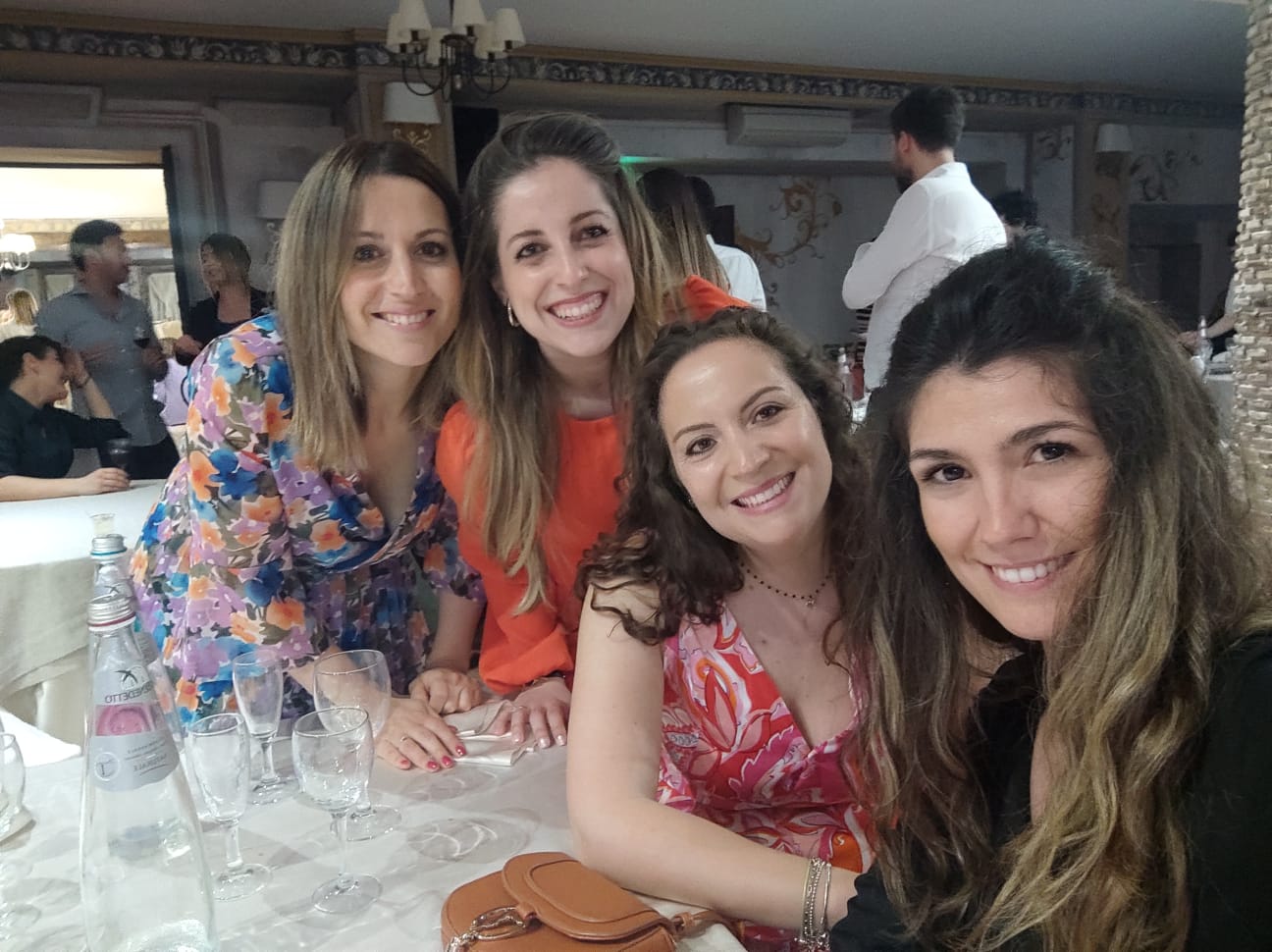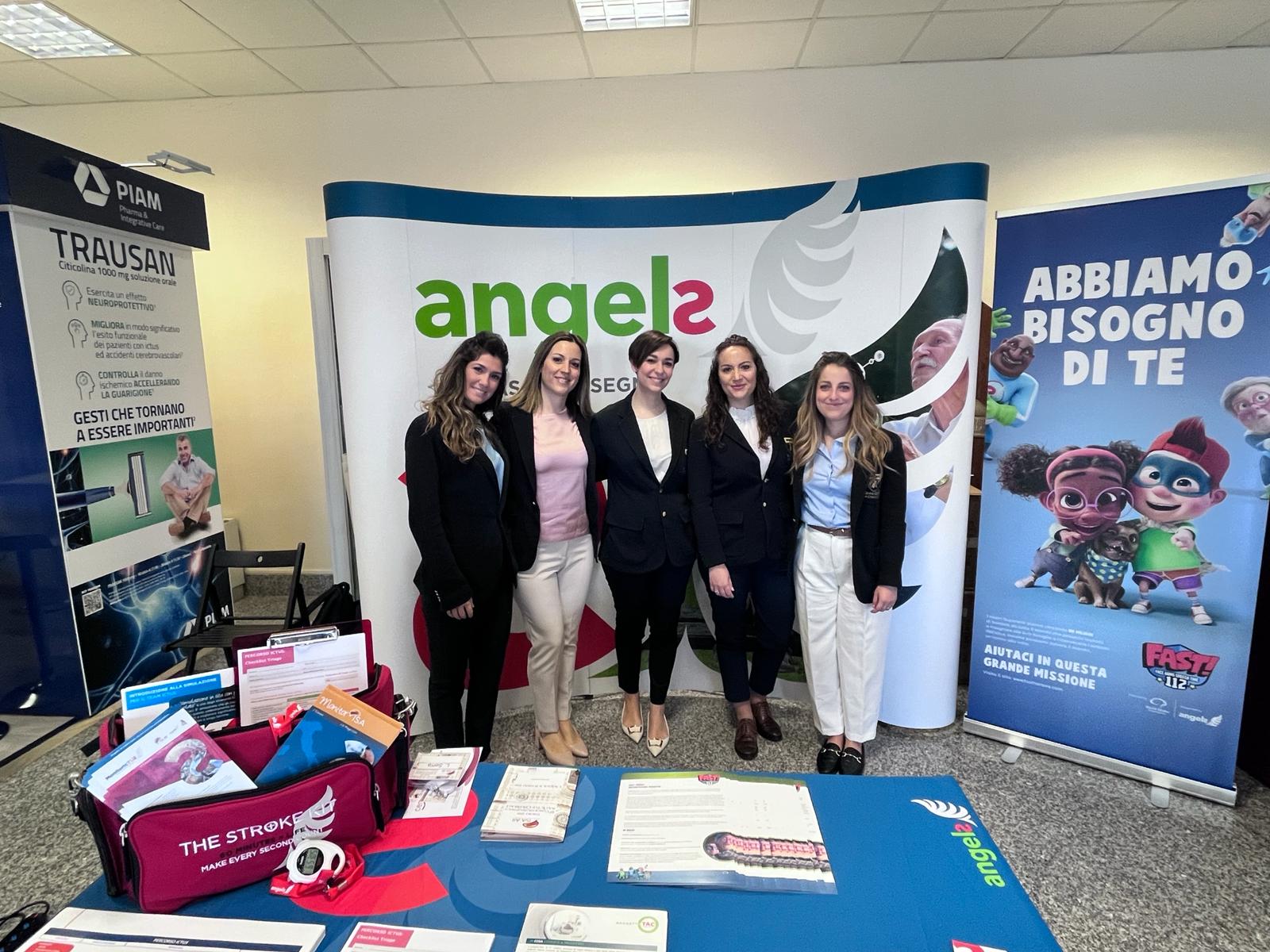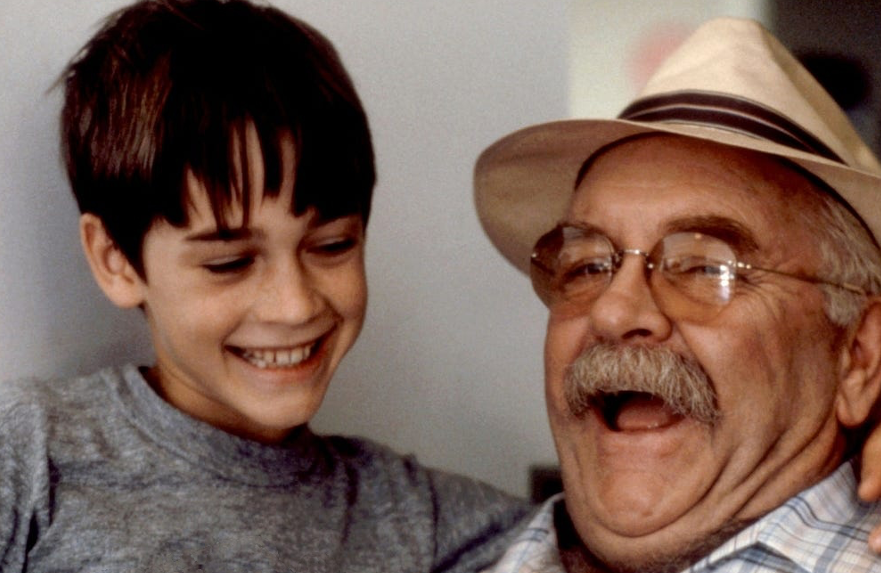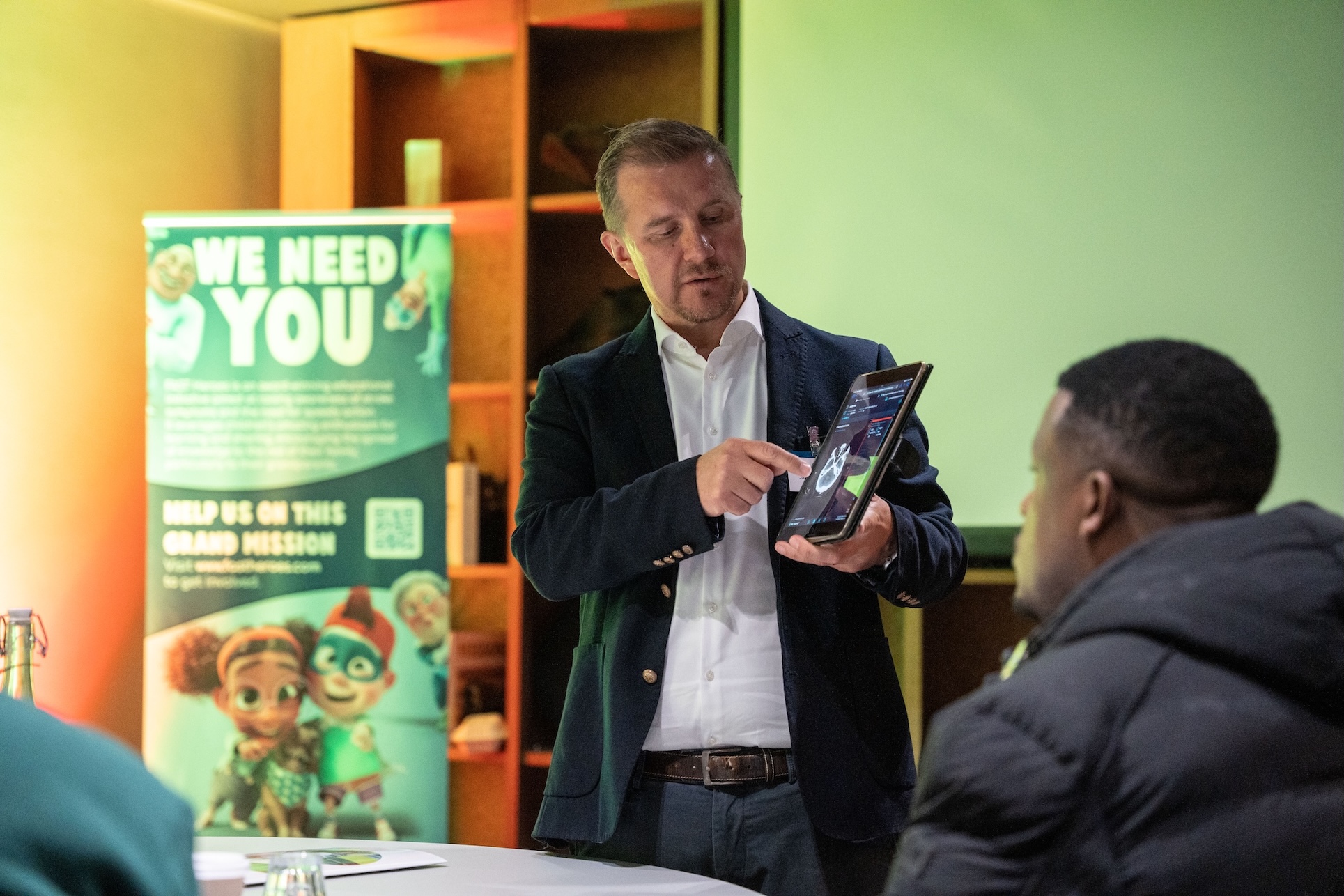
Meséljen nekünk azokról a beszélgetésekről, amelyek megelőzték a MonitorISA koncepcióját.
2019-ben rájöttünk, hogy csak néhány neurológus figyeli aktívan a teljesítményüket a közös mutatók tekintetében, hivatalos minőségellenőrzési nyilvántartások, például az SITS nyilvántartás segítségével. A legtöbb orvos csak azt érezte „úgy”, hogy a stroke útvonala elég gyors volt. Senki sem hitte azt, hogy elegendő erőforrással és idővel rendelkeznek a nyilvántartás minden beteg számára történő kitöltéséhez. Tervre volt szükségünk, hogy az összes stroke központot egyszerre, ugyanazon mutatók alapján monitorozhassuk. Inspirációt merítettünk a lisszaboni kollégánk, Melhora quem sabe által kidolgozott programból, amelynek célja, hogy évente egyszer, 15 napon keresztül figyelemmel kísérje a portugáliai stroke központokat. A kezdeti ötletünk az volt, hogy évente egy hónap minőségi monitorozást tartsunk, de az első kiadás hatalmas sikere után minden májusban és novemberben úgy döntöttünk, hogy megtartjuk. Az Országos Irányító Bizottsággal és az Olasz Stroke Társaság (ISA-AII) jóváhagyásával együtt elneveztük a MonitorISA programot, és 2019 decemberében az országos stroke konferencián indítottuk el.
Az első kiadás (2020. március) Olaszországban és máshol a Covid legrosszabb eseményével egybeesett. Megkérdőjelezte, hogy a projekt továbbra is sikeres lehet-e?
Nagyon aggódtunk, hogy senki sem vesz részt a Covid miatt, ezért kellemes meglepetés volt, amikor több mint 100 kórház csatlakozott az első kiadáshoz, és több mint 2000 beteget regisztráltak az SITS-en. Ez arra ösztönözött minket, hogy 2020 novemberében elindítsuk második kiadásunkat.
Hogyan közölték a koncepciót a kórházakkal?
Az Olasz Stroke Szövetség elindította a MonitorISA-t, mint az ISA-AII, az SITS és az Angels közötti együttműködési projektet. Egyszerű eszközként mutatták be, amellyel a kórházak javíthatják a stroke gondozás, és összehasonlíthatják teljesítményüket más kórházakéval. Fontos volt megosztani, hogy mennyire volt felhasználóbarát az SITS-QR sablon, és visszajelzést adni nekik az eredményeikről. A kórházak megértették, hogy átfogó képet kell készíteni a stroke gondozás Olaszországban, és ez ösztönözte őket a részvételre.
Az első kiadás eredményei meglepődtek?
Felfedeztük, hogy egyes kórházaknak gyorsabb a stroke útvonala a Covid miatt. Valójában néhány kórház, amelyek korábban a stroke osztály kezelték a betegeket, és most kénytelenek voltak kezelni őket a sürgősségi osztály, 10-20 percet takarított meg.
Mit tanult az olaszországi stroke-ról?
Az első kiadás azt mutatta, hogy sok mindenen kell dolgozni, de hajlandó volt részt venni (220 kórházból 108-ban) és beszélni a szándékáról. Olaszországban először a monitorozás nem csupán adatgyűjtés volt, hanem a közös célok megvitatásának és meghatározásának oka is. Az összetartozás ezen érzete ellenére megtanultuk, hogy a kép mennyire különbözik régióról régióra és ugyanazon a területen található kórházak között. Ez megerősítette, hogy a beteg által kapott kezelés még mindig szerencse kérdése.
Miért voltak a projekt elsődleges fókuszának a háztól-tűig (DTN) és háztól-ágyig (DTG) eltelt idők és a diszfágia arányok?
Tanácsadóként végzett munkánk kimutatta, hogy a késedelmek kritikus problémát jelentenek Olaszországban, csakúgy, mint a beteg kezelése az akut fázisban, ahol az aspirációs tüdőgyulladás a diszfágia diagnosztizálásának sikertelenségének fő szövődménye. A MonitorISA előtt nem volt eszközünk ezen adatok értékelésére. Az első kiadás óta kihívást jelentő célokat tűztünk ki: 30 perces DTN, 90 perces DTG és 100%-os diszfágia szűrés.
Hogyan és hol osztják meg az egyes kiadások eredményeit?
Amint a nemzeti SITS koordinátor megkapja a jelentést az SITS csapattól, az Angels tanácsadók regionális webináriumokat vagy workshopokat szerveznek, ahol megvitatják a legfrissebb regionális eredményeket, és összehasonlítják a korábbi kiadásokkal. Minden egyes tételt megbeszélünk és összehasonlítunk a nemzeti eredményekkel is. A stroke-teljesítményt a nem, az életkor, a stroke típusa és a NIHSS pontszám alapján elemzik, különösen az alábbiak tekintetében: a kezelések száma és típusa, az Mentőszolgálat előzetes értesítése, az ajtótól a felvételig eltelt idő, a medián DTN (kezelés környezetenként kifejezve, például ED, angio Suite, SU vagy CT-helyiség), a medián DTG, a diszfágia szűrés, a stroke gondozás beállítása, a elbocsájtás célhelye és a rehabilitáció típusa, valamint a három hónapos funkcionális kimenetel. Nagyon fontos, hogy a legfrissebb MonitorISA jelentést is megosztják az ISA-AII nemzeti konferencián résztvevőkkel, amely jellemzően körülbelül 500 résztvevőt vonz Olaszország minden tájáról.
Hogyan indította el a MonitorISA a MonitorICTUS-t az Mentőszolgálat-hez?
A MonitorICTUS 2021 novemberében indult azzal a céllal, hogy megkönnyítse a kommunikációt a kórházon belüli és a kórházon belüli orvosok között, és összehasonlítsa a két fázis eredményeit. Öt sikeres kiadásunk volt, a 6. kiadás pedig 2024 májusában. Eddig 22 Mentőszolgálat vett részt a MonitorICTUS programban, amelyből 13 nyert összesen 34 Mentőszolgálat Angels díjat.
A Treat At CT (TAC) projekt is kinőtt a MonitorISA-ból?
A TAC projekt a MonitorISA projektből jött létre, amely arra ösztönzi a központokat, hogy változtassanak az útvonalukon az egyik leghatékonyabb prioritási intézkedés alkalmazásával, amely a beteg CT-n való kezelése, valamint annak hatásának figyelemmel kísérése májusban és novemberben. Amint elkezdik, sok kórház protokollja részévé teszi a TAC-t, ami sokkal kevesebb DTN-időt eredményez.
Melyek a projekt legfontosabb sikermutatói?
Egyre több kórház éri el a minőségi kritériumokat és nyeri el az ESO Angels-díjat; a MonitorISA összes kiadásában részt vevő kórházak 60 percen belül nagyobb százalékban kezelik a stroke-ban szenvedő betegeket, és a CT-n kezeltek körülbelül 40 perces DTN-t érnek el a kiadások között.
Amikor egy kórházzal konzultál, mennyire fontos, hogy a MonitorISA-val együtt felvegye őket a fedélzetre?
A minőségellenőrzés a konzultációs folyamat kulcsfontosságú eleme. A MonitorISA-ban való részvétel lehetővé teszi a kórház számára, hogy áttekintést kapjon a stroke gondozásgondozási útvonaláról, valamint teljesítményértékelést végezzen és folyamatosan ellenőrizze azt. Ha feliratkozik a MonitorISA-ra, az arra utal, hogy javítani kívánja a kezelés útvonalát. Az eredmények lehetővé teszik számukra, hogy átgondolják az útvonal kritikus pontjait, és azonosítsák, mely korrekciós intézkedéseket kell végrehajtaniuk. A medián DTN eltérése a kezelés beállításhoz képest egy hatékony eszköz, amely megmutatja a különbséget a CT-nél.
Milyen taktika a leghatékonyabb arra, hogy meggyőzze a kórházat a MonitorISA-ban való részvételről?
Bevonjuk őket a folyamatba azáltal, hogy megosztjuk az ESO Angels-díjban való részvétel fontosságát. A díjak segítenek a kórházaknak, hogy elkötelezettnek és motiváltnak érezzék magukat. Nem meglepő, hogy az ESO Angels-díj nagy része a Q2 vagy Q4. negyedévre esik, amikor a programra sor kerül.
Van a MonitorISA-nak állandó helye a stroke gondozás Olaszországban?
Minden oka van annak, hogy úgy gondolja, a MonitorISA továbbra is mérföldkő marad a stroke gondozás Olaszországban. Sokak számára szokássá vált, a fajták hagyományává. A kezdetektől fogva számos kórház vett részt, és a résztvevő kórházak száma megnőtt. A MonitorISA szerepelt az olaszországi Stroke akciótervben, amelyet 2024 áprilisában tartottak meg a Nemzeti Stroke Konferencián, a 80%-os részvételi ambíciózus céllal, és az ISA-AII még erősebb jóváhagyásával.
Milyen tanulságokat osztana meg a projektből máshol a tanácsadókkal?
Először is higgye el, hogy lehetséges! Sok támogatást kaptunk a kulcsfontosságú véleményformálóktól, akik valóban hittek a projektben. Keresse meg őket a területein, és ők fogják megváltoztatni őket.

SZFÁN FIORELLO
Az egyik legnagyobb hatást a Palermo-i Villa Sofia Kórház tapasztalata jelentette. 2020-ban kezdtünk velük dolgozni, amikor az új irányelveknek megfelelően felülvizsgálták belső protokolljukat. A MonitorISA első kiadása 112 perces DTN-t mutatott. A CT-n történő kezelés bevezetésének köszönhetően az átlagos DTN-t 60 percre csökkentették, és megduplázták a trombolizumok számát évente. Ennek jelentős hatása volt a halálozás (-12%) és a fogyatékosság (+a elbocsájtás független betegek 12%-a), és 12%-kal csökkentette a vérzéses szövődményeket.
ELISA SALVATI
A MonitorISA egyik nagyon pozitív hatása az volt, hogy a stroke csapat Clinico Humanitas, Rozzano (MI) csapat motivált és a stroke-ban szenvedő betegekre koncentrált. A programban már a kezdetektől részt vettek, és 2020 Q1 óta két platina és három gyémánt díjat nyertek. A MonitorISA egy foglalat számukra. Ez egy alkalom arra, hogy áttekintsék az útvonalukat, és olyan kisebb változásokra tegyenek lépéseket, amelyek javíthatják a beteg kezelését.
LINDA SERRA
A Vicenzai San Bortolo Kórház mindig is részt vett a MonitorISA-ban, de kezdetben elég magas volt a kezelés idő – 69-87 perc a DTN-re és 114-125 perc a DTG-re. A stroke ismertségének növelésében, a különböző működési egységek közötti együttműködés javításában és a protokollok áttekintésében való együttműködésnek köszönhetően a VIII. kiadás szerint számuk megfelelt az ESO minőségi kritériumainak. 2023 negyedik Q4 platina díj kaptak.
ALESSIA SANTORI
Időbe telt, de a legjelentősebb változás a területemen a nemzeti koordinátor, Danilo Toni, a lazioi Római Prof. kórházában történt. Az I. és a VIII. Policlinico Umberto I. kiadásai között a medián DTN-t 67-ről 35 percre, a medián DTG-t pedig 202-ről 80 percre csökkentettem. Ez a protokollok áttekintésének eredménye volt, és végül a CT-n elkezdték a kezelést. Toni professzor szerint ez volt az egyetlen változás, ami lehetővé tette. A kórház 2023 Q4 kapta meg első gyémánt díj.




